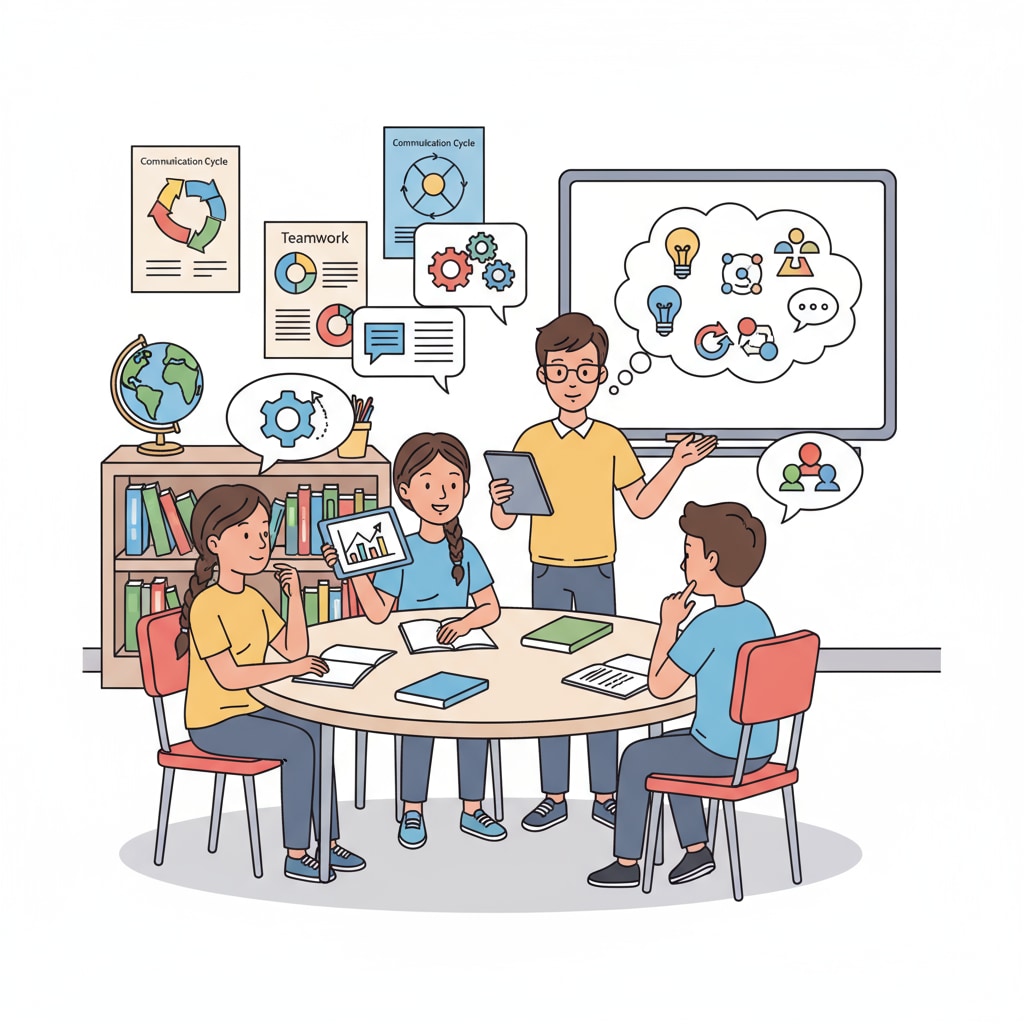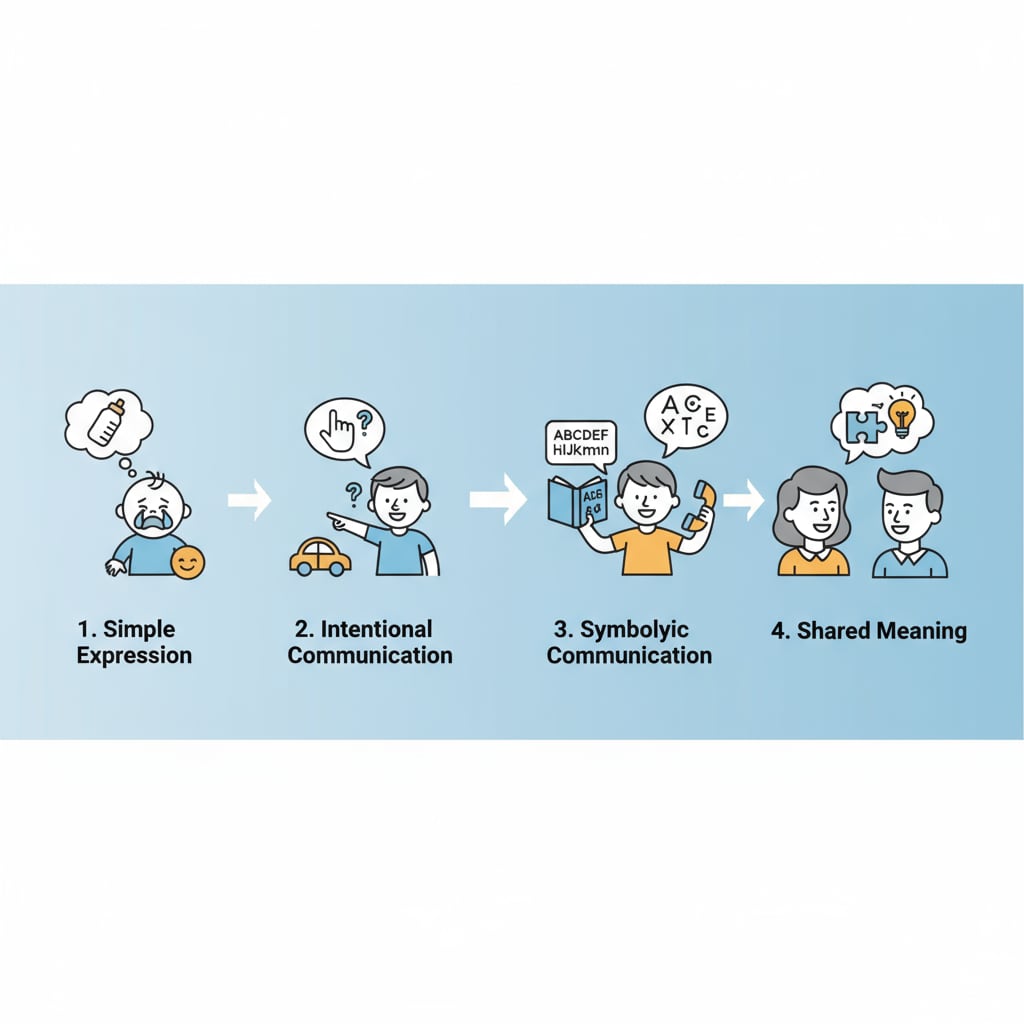Communication skills, dialogue, and active listening are essential components in K12 education. They play a crucial role in students’ personal growth, academic success, and future career development. In this article, we will explore how to cultivate these skills in K12 students to enable them to engage in more meaningful and effective conversations.

The Importance of Communication Skills in K12 Education
Effective communication skills are the foundation for students to express their thoughts, ideas, and emotions. In a classroom setting, students need to communicate with teachers and peers to understand lessons, participate in discussions, and collaborate on projects. For example, when presenting a group project, clear communication ensures that each member’s contributions are understood and valued. Importance of Communication Skills in Education on Education.com
The Cognitive Progression of Communication
Communication evolves from simple expression to creating shared meaning. At first, students may only focus on getting their message across. However, as they develop, they learn to understand others’ perspectives and build common ground. This progression requires the development of empathy and the ability to think critically. For instance, in a literature class, students move from simply stating their opinions on a book to engaging in a deep analysis and sharing interpretations with their classmates. Communication Theory on Wikipedia

Cultivating Empathy in Students
Empathy is a key element in effective communication. To cultivate empathy in K12 students, educators can use role-playing activities. By stepping into others’ shoes, students can better understand different feelings and viewpoints. In addition, reading stories from diverse cultures can also help students develop empathy as they experience different lives through the characters. For example, reading a story about a child from a different country facing challenges can make students more empathetic towards others’ difficulties.
Enhancing Emotional Intelligence
Emotional intelligence is closely related to communication skills. Students with high emotional intelligence can manage their emotions during conversations and respond appropriately. Teachers can teach students emotional awareness by helping them identify different emotions. Also, teaching problem-solving skills in emotional situations can empower students to communicate more effectively. For example, when a student is angry during a group discussion, they can learn to express their feelings calmly and work towards a solution.
Improving Clarity of Expression
Clear expression is vital for effective communication. Educators can encourage students to organize their thoughts before speaking or writing. Using simple and concise language, along with visual aids if possible, can enhance clarity. For instance, in a science presentation, students can use diagrams to explain complex concepts more clearly. Regular practice in public speaking and writing can also refine their expression skills.
Fostering Active Listening
Active listening is an integral part of communication. Teachers can teach students to maintain eye contact, nod, and ask questions to show they are engaged. Creating a safe and respectful environment where students feel comfortable sharing is also crucial. For example, in a class discussion, when one student is speaking, others should listen attentively and then provide constructive feedback.
In conclusion, communication skills, dialogue, and active listening are vital for K12 students. By understanding the cognitive progression of communication and implementing practical strategies to develop empathy, emotional intelligence, clarity of expression, and active listening, educators can help students become more proficient in engaging in deep and meaningful conversations, which will benefit them throughout their lives.
Readability guidance: The article uses short paragraphs and lists to summarize key points. Each H2 section provides a relevant list. The proportion of passive voice and long sentences is controlled, and transition words are scattered throughout the text to enhance readability.


